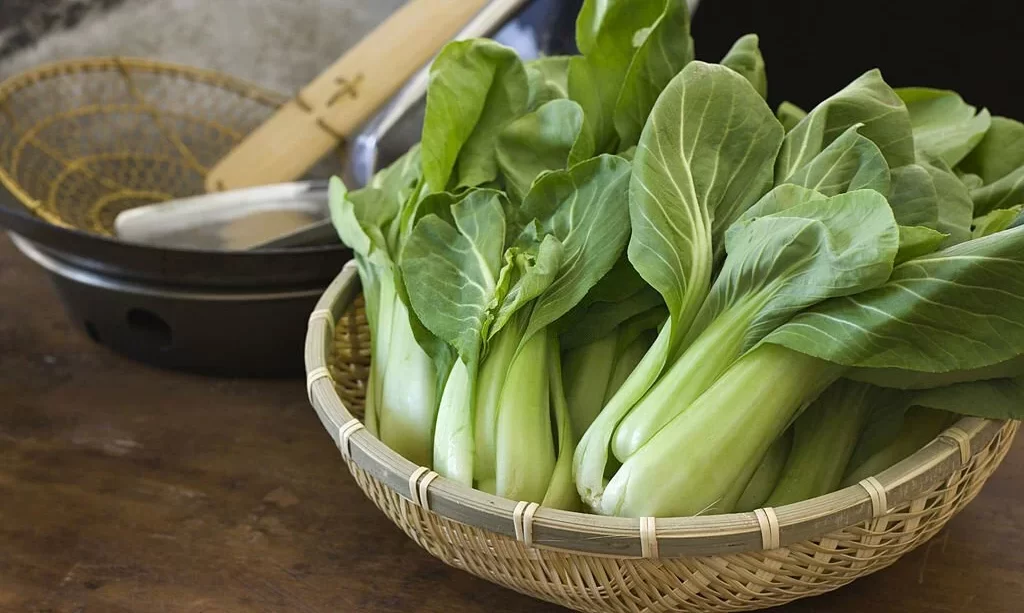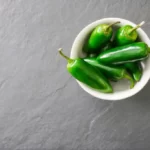Bok choy, with its crisp texture and delightful flavor, has found its way into kitchens worldwide. Whether you’re a fan of stir-fries, soups, or simply looking to enhance your culinary repertoire, this leafy green vegetable is a versatile favorite. But have you ever wondered how long bok choy can last before it loses its freshness? In this article, we’ll explore the secrets to keeping your bok choy at its prime. Let’s dive into the world of bok choy shelf life and whether it fares better at room temperature or in the refrigerator.
Bok Choy Shelf Life
The longevity of bok choy varies depending on several factors. For full-sized bok choy, it typically maintains freshness for around one to two weeks. On the other hand, baby bok choy, being more delicate, might have a slightly shorter shelf life, averaging about one week. However, it’s crucial to note that these are general guidelines. The actual shelf life can be influenced by factors like the bok choy’s initial quality when you bought it and how well you store it. The fresher it is when you bring it home, the longer it’s likely to last.
Room Temperature vs Refrigeration
When it comes to preserving the crispness of bok choy, the temperature makes all the difference. Leaving bok choy out at room temperature, especially in warmer conditions, accelerates its wilting process. If you’ve purchased more bok choy than you can use in a day or two, the best strategy is to store it in the refrigerator. The cold environment of the fridge helps slow down the aging process, keeping your bok choy fresh for a more extended period. But, let’s delve deeper into the specifics of storing bok choy, as there are a few tricks to master.
Signs of Spoilage
To enjoy your bok choy at its best, it’s vital to recognize the signs of spoilage. Bok choy that has gone bad will exhibit distinct changes. Look out for wilting leaves; they become limp and less crisp. Yellowing or browning of the leaves is another clear indication that your bok choy is no longer at its peak. If you touch the leaves and they feel slimy or excessively moist, it’s time to bid farewell to your bok choy. It’s crucial to be vigilant and inspect your bok choy for these spoilage signs before including it in your dishes. Removing any spoiled parts can sometimes salvage the rest, but it’s best to maintain a watchful eye.
How to Properly Store Bok Choy
Proper storage is the key to extending the life of your bok choy. Here are some straightforward guidelines to keep your bok choy fresh for longer. Begin by washing and thoroughly drying the bok choy. Excess moisture can lead to rot, so ensure it’s as dry as possible. Then, consider using a plastic bag or airtight container for storage. This helps maintain the right humidity levels and prevents the bok choy from drying out or becoming too damp. You can also place a paper towel inside the bag or container to absorb any extra moisture. If you’ve bought pre-packaged bok choy in a plastic bag, leave it in the bag, but ensure it’s sealed tightly. While these steps are generally effective, remember that different varieties of bok choy may have varying storage requirements, so always check for specific instructions when available.
By following these steps, you’ll ensure your bok choy stays fresh and ready to enhance your meals with its delightful crunch and flavor. In the next sections, we’ll explore safety considerations and cooking tips to make the most of your bok choy.
Safety Considerations
Beyond freshness, there are essential safety considerations when dealing with bok choy. Leaving bok choy out at room temperature for extended periods can create an environment where harmful bacteria can flourish. Bacteria like E. coli and Salmonella can multiply on bok choy if it’s not stored properly. These pathogens can lead to foodborne illnesses, resulting in unpleasant symptoms. To ensure the safety of your dishes, it’s crucial to refrigerate your bok choy promptly. Furthermore, when you’re preparing bok choy, take care to handle it with clean hands and utensils, and ensure that it’s adequately washed. These precautions help reduce the risk of foodborne illnesses and allow you to savor your bok choy dishes with peace of mind.
Cooking with Bok Choy
Bok choy isn’t just a vibrant green; it’s also a fantastic addition to your culinary repertoire. Whether you’re a novice or a seasoned chef, there are countless ways to enjoy bok choy. This versatile veggie is perfect for stir-fries, soups, and salads. Its tender leaves and crunchy stalks bring a delightful contrast of textures to your dishes. If you’re new to cooking with bok choy, consider starting with a simple stir-fry. Sautéing it with garlic and ginger in a bit of oil can create a quick and tasty side dish. Bok choy is also a fantastic addition to soups, adding a refreshing element to your bowl. For the more adventurous, you can experiment with different recipes to explore the diverse flavors bok choy can offer.
Conclusion
In the world of culinary greens, knowing how to make your bok choy last is a skill worth mastering. By understanding its shelf life, the impact of storage temperature, and recognizing signs of spoilage, you can ensure that your bok choy remains a fresh and delightful ingredient for your meals. Proper storage and safety considerations are essential to both preserving freshness and your health. As you venture into the realm of cooking with bok choy, you’ll discover its versatility and the countless ways it can elevate your dishes. So, the next time you bring home bok choy, remember these tips, and savor its deliciousness to the fullest.



